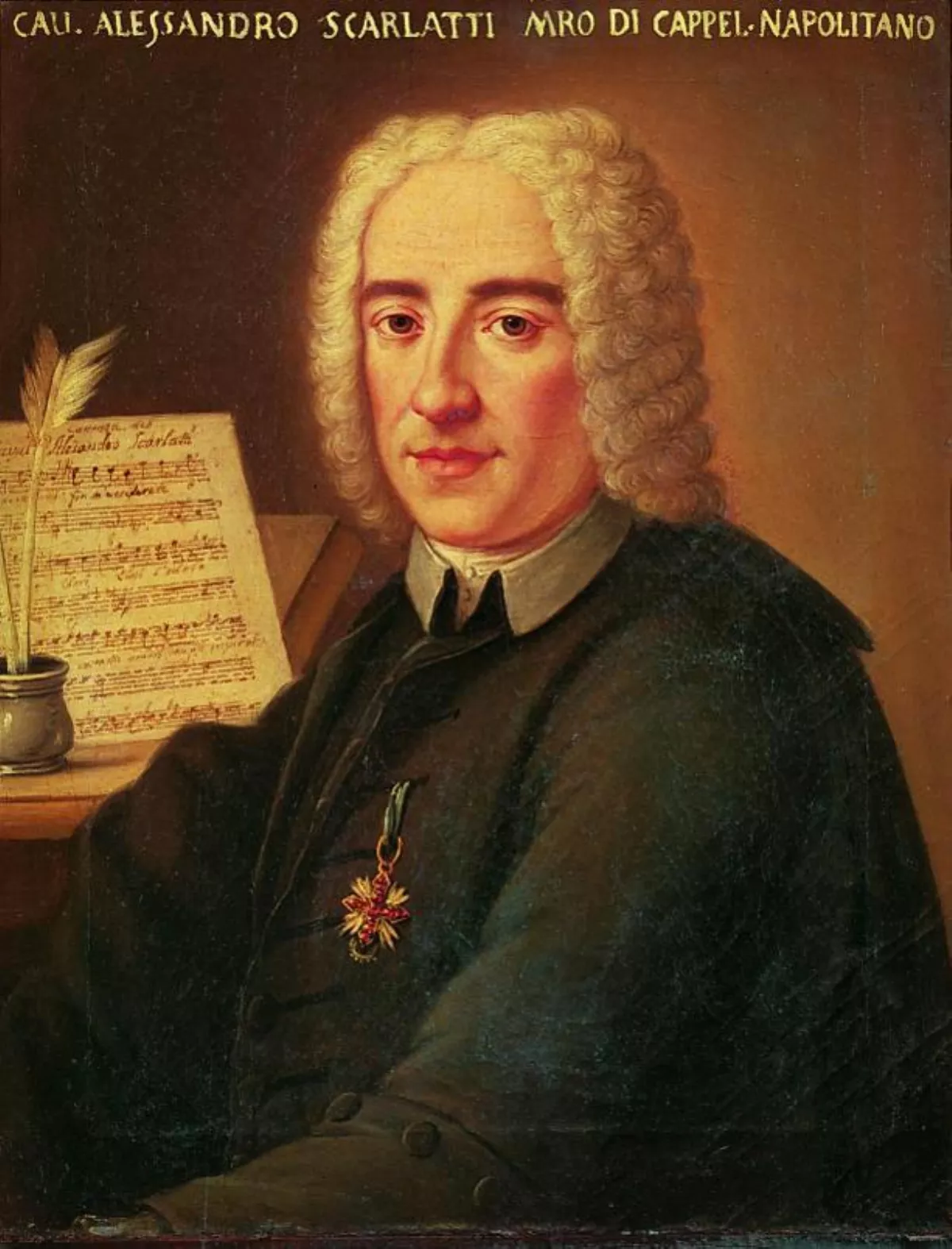 1.
1. Pietro Alessandro Gaspare Scarlatti was an Italian Baroque composer, known especially for his operas and chamber cantatas.

 1.
1. Pietro Alessandro Gaspare Scarlatti was an Italian Baroque composer, known especially for his operas and chamber cantatas.
Alessandro Scarlatti is considered the most important representative of the Neapolitan school of opera.
Alessandro Scarlatti is often considered the founder of the Neapolitan school, although he has only been its most illustrious representative: his contribution, his originality and his influence were essential, as well as lasting, both in Italy and in Europe.
Alessandro Scarlatti was the inventor of the Italian overture in three movements, of the four-part sonata, and of the technique of motivic development.
Alessandro Scarlatti was a model for the musical theater of his time, as evoked by Handel's Italian works, deeply influenced by his theatrical music.
Eclectic, Scarlatti worked on all the other common genres of his time, from the sonata to the concerto grosso, from the motet to the mass, from the oratorio to the cantata, the latter being a genre in which he was an undisputed master.
Alessandro Scarlatti was the father of two other composers, Domenico Scarlatti and Pietro Filippo Scarlatti.
Alessandro Scarlatti was born in Palermo, then part of the Kingdom of Sicily.
Alessandro Scarlatti is generally said to have been a pupil of Giacomo Carissimi in Rome, and some theorize that he had some connection with northern Italy because his early works seem to show the influence of Stradella and Legrenzi.
In 1702 Alessandro Scarlatti left Naples and did not return until the Spanish domination had been superseded by that of the Austrians.
Alessandro Scarlatti died in Naples in 1725 and is entombed there at the church of Santa Maria di Montesanto.
Alessandro Scarlatti's style is more than a transitional element in Western music; like most of his Naples colleagues he shows an almost modern understanding of the psychology of modulation and frequently makes use of the ever-changing phrase lengths so typical of the Napoli school.
Mitridate Eupatore, accounted his masterpiece, composed for Venice in 1707, contains music far in advance of anything that Alessandro Scarlatti had written for Naples, both in technique and in intellectual power.
Besides the operas, oratorios and serenatas, which all exhibit a similar style, Scarlatti composed upwards of five hundred chamber-cantatas for solo voice.
Alessandro Scarlatti's few remaining Masses and church music in general are comparatively unimportant, except the great Saint Cecilia Mass, which is one of the first attempts at the style which reached its height in the great Masses of Johann Sebastian Bach and Ludwig van Beethoven.